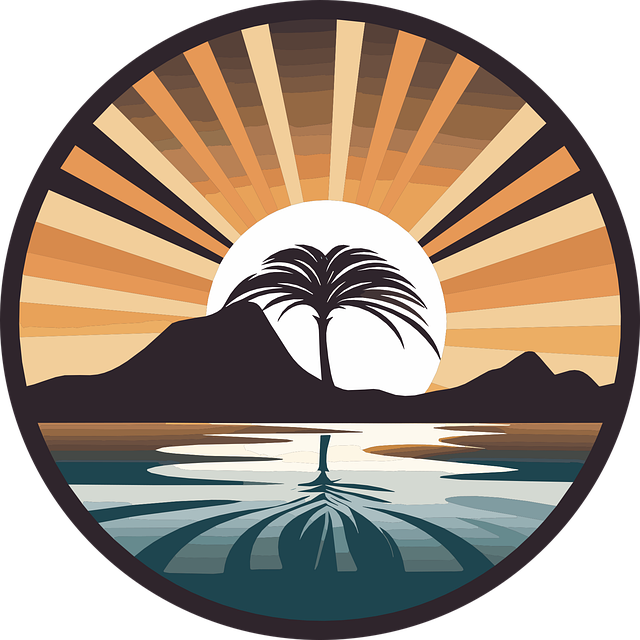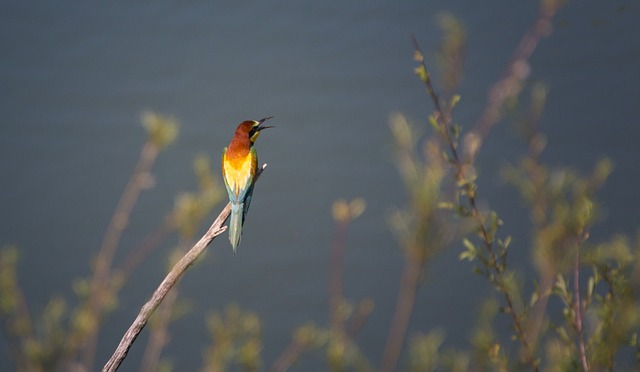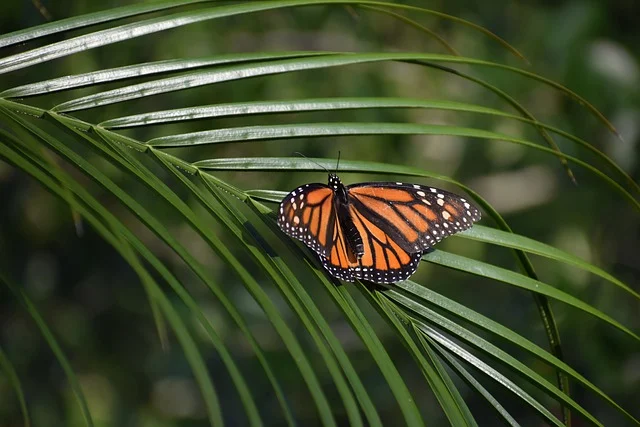Wildlife preservation is a critical aspect of global conservation efforts, and understanding cultural perspectives is essential for effective and sustainable practices. Indigenous communities around the world have long recognized the importance of wildlife and ecosystems, developing unique knowledge systems and practices that reflect a deep connection to nature. This article explores how Indigenous knowledge and cultural practices contribute to wildlife preservation, emphasizing the need to integrate these perspectives into modern conservation efforts.
The Value of Indigenous Knowledge
Indigenous knowledge is a holistic understanding of the environment that has been developed over generations. It encompasses not only practical skills for living sustainably but also spiritual beliefs, cultural practices, and ecological insights. This knowledge is rooted in a deep relationship with the land, animals, and plants, emphasizing stewardship and respect for all living beings.
1. Long-Term Observation
Indigenous peoples often possess extensive ecological knowledge gained through long-term observation of local ecosystems. This understanding allows them to identify patterns, seasonal changes, and the interrelationships among species. For example, many Indigenous communities can predict animal migration patterns, plant blooming cycles, and the effects of environmental changes based on years of experience and observation.
2. Sustainable Resource Management
Indigenous practices often prioritize sustainability, focusing on harvesting resources in ways that do not deplete populations or degrade habitats. Techniques such as rotational hunting, fishing, and gathering, as well as the use of traditional ecological knowledge (TEK) to manage landscapes, demonstrate a profound understanding of ecological balance.
For instance, the Yupik people in Alaska have traditional practices for fishing and hunting that ensure populations remain healthy. By adhering to seasonal patterns and setting limits based on observations, they maintain a balance that supports both their community and the ecosystem.
Cultural Practices Supporting Wildlife Preservation
Indigenous cultures often incorporate wildlife preservation into their spiritual and cultural practices. These traditions can serve as powerful motivators for conservation and provide frameworks for sustainable living.
1. Spiritual Connections
Many Indigenous cultures view wildlife as integral to their spirituality and identity. Animals are often seen as teachers, guides, and relatives. This worldview fosters a sense of responsibility toward wildlife and emphasizes the need to protect and respect all living beings.
For example, the Native American belief system often includes the concept of “All Our Relations,” which acknowledges the interconnectedness of humans, animals, and nature. This perspective encourages stewardship and care for wildlife, viewing preservation as a sacred duty.
2. Ceremonial Practices
Ceremonies and rituals often play a significant role in wildlife preservation. These practices may involve honoring specific species, such as the annual salmon runs celebrated by many Indigenous communities in the Pacific Northwest. Such ceremonies reinforce cultural values around respect and gratitude for the resources provided by nature, fostering a deep commitment to preservation.
3. Storytelling and Education
Oral traditions are vital in passing down Indigenous knowledge and practices related to wildlife. Stories often contain important lessons about respecting nature, understanding ecological relationships, and the consequences of overexploitation. By sharing these narratives, Indigenous communities educate younger generations about the significance of wildlife and the importance of conservation.
Case Studies of Indigenous Knowledge in Action
The Maasai and the Serengeti
The Maasai people of East Africa exemplify the integration of traditional practices and wildlife conservation. Their pastoralist lifestyle, which includes managing cattle herds alongside the wildlife of the Serengeti, demonstrates a sustainable coexistence. The Maasai have long practiced rotational grazing, allowing land to recover and preventing overgrazing.
In recent years, the Maasai have also become involved in ecotourism, leveraging their knowledge of wildlife to create opportunities for sustainable income while fostering conservation. By guiding tourists and sharing their cultural heritage, the Maasai contribute to the preservation of their ecosystems and promote awareness of the interconnectedness of wildlife and local communities.
The Sami and Reindeer Herding
In northern Europe, the Sami people have practiced reindeer herding for centuries. Their traditional ecological knowledge includes understanding reindeer migration patterns, habitat use, and the impact of climate change on these patterns. The Sami employ sustainable practices that ensure the health of both the reindeer population and the ecosystems in which they live.
Moreover, the Sami engage in advocacy for wildlife preservation, emphasizing the importance of maintaining traditional lands and sustainable practices in the face of industrial development and climate change. Their efforts highlight the necessity of incorporating Indigenous voices in conservation discussions.
Challenges Facing Indigenous Communities
Despite their valuable contributions to wildlife preservation, Indigenous communities often face significant challenges:
1. Land Rights and Access
Many Indigenous peoples have been historically marginalized and displaced from their traditional lands. Loss of land rights restricts their ability to practice traditional resource management and affects their cultural practices. This disconnection from the land can lead to a decline in biodiversity and ecosystem health.
2. Climate Change
Indigenous communities are disproportionately affected by climate change, which disrupts traditional livelihoods and threatens wildlife populations. Changing weather patterns, altered migration routes, and habitat degradation pose significant challenges to their traditional practices.
3. Marginalization in Conservation Policies
Conservation efforts have often sidelined Indigenous knowledge and practices, favoring Western scientific approaches. This marginalization can lead to conflicts and ineffective conservation strategies that do not account for the holistic understanding that Indigenous peoples possess.
The Path Forward: Integrating Indigenous Knowledge
To effectively address the challenges facing wildlife preservation, it is crucial to integrate Indigenous knowledge and practices into modern conservation strategies. This collaborative approach can lead to more holistic, sustainable solutions.
1. Recognizing Land Rights
Recognizing and respecting Indigenous land rights is essential for empowering communities to manage their resources sustainably. By involving Indigenous peoples in decision-making processes related to land and wildlife management, conservation efforts can benefit from their knowledge and expertise.
2. Collaborative Conservation
Developing partnerships between Indigenous communities and conservation organizations can facilitate the sharing of knowledge and resources. Collaborative initiatives can incorporate traditional practices into conservation plans, creating strategies that respect both Indigenous knowledge and scientific research.
3. Education and Awareness
Promoting awareness of Indigenous knowledge and practices is essential for fostering respect and understanding. Educational programs that highlight the importance of Indigenous perspectives in conservation can help bridge cultural gaps and promote more inclusive approaches to wildlife preservation.
Conclusion
Indigenous knowledge and practices are invaluable assets in the fight for wildlife preservation. By recognizing the deep cultural connections that Indigenous communities have with the land and wildlife, we can develop more effective and sustainable conservation strategies.
Integrating Indigenous perspectives into modern conservation efforts not only enhances our understanding of ecosystems but also fosters respect for diverse cultural practices and worldviews. In a time of unprecedented environmental challenges, embracing the wisdom of Indigenous peoples may be one of our best tools for ensuring the health and vitality of wildlife and ecosystems around the globe. Ultimately, a collaborative approach that honors Indigenous knowledge can pave the way for a more sustainable and equitable future for all living beings.





